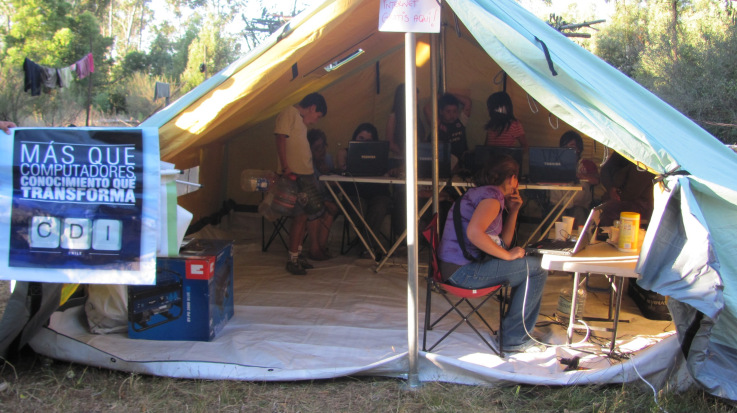Three days later as if to highlight the challenges that still remain the Seacom fiber optic cable connecting east Africa to India and Europe failed. The disruption brought connection speeds in Tanzania and Kenya to a crawl while Uganda and Rwanda switched back to more expensive satellite connections. Submarine cables are difficult to repair and vulnerable to accident or malfeasance. In 2008 large parts of the Middle East and Asia were left without connections after an anchor severed the FLAG cable in the Mediterranean.
The challenges don’t end once a cable is laid; extending the connection to rural locations is difficult and costly. Copper wire used for low bandwidth lines is frequently stolen with South Africa alone estimated to lose $1 billion dollars because of replacement costs. These examples highlight both the potential and vulnerability of an increasingly sophisticated communications infrastructure.


